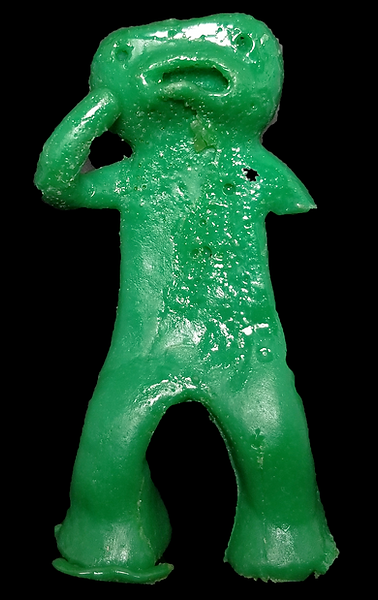
Justin W.H. Yuen
The HexoSuit
An Intuitive Passive Exoskeleton Suit

Senior Design, 2017-2018
Goal
Design and build a passive exoskeleton suit for the average persons to carry heavy weight and avoid arm injuries.
Results
A simple and intuitive suit that assists users with carrying heavy loads without requiring a single ounce of electricity.
We wanted to design a suit that would help someone carry a heavy package. The suit would need to support some of the load. We decided to use bowden cables to help redirect the load.


We needed a platform on the user's hands that would be attached to the bowden cables. We initially thought of a small sleeve that would slide on the hand. However, we decided against it because of the lack of surface area. We chose to use a wide tray for high surface area to distribute the weight and to provide enough real estate for other mechanical features.

The bowden cables are connected to a pulley. We wanted tension on the cables to keep the cables taut as the user lifted the packages. We explored constant force springs like those in tape measures. However, to reduce the number of parts, we used a pulley with a built in variable tension spring. The tension was set to equal the weight of the tray so the tray would be at rest while the user wasn't carrying any packages.

To ensure the load would flow to the bowden cables, the pulley had to be locked. To prevent the pulley from moving, we attached a ratchet gear to its axis. We designed a spring toggle lock with 2 bowden cables to control the pawl. Since we had extra real estate on the tray, we used the sides of the tray to add buttons. 1 bowden cable was connected to a button on the left side of the tray and 1 on the right.
Pulling on 1 cable would pull and rotate the pawl away from the ratchet gear. This allows the pulley to spin freely in both directions.
Pulling the second cable would push and rotate the pawl towards the ratchet gear. Now the tray can move up, but not down. With the pulley locked in 1 direction, some of the weight of the package on the tray is now supported by the cables.
To make it easier for the user to remember which buttons to press, we decided (L)eft for Locking the tray and (R)ight for Releasing the tray.